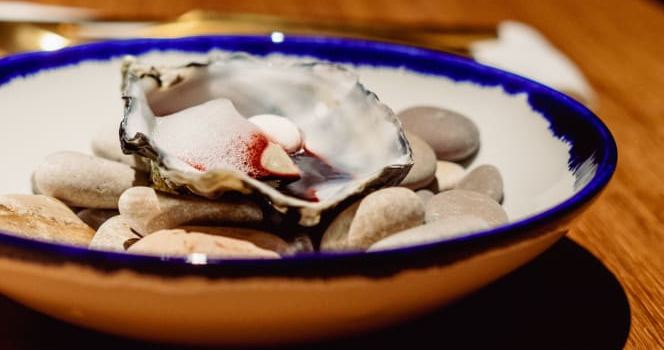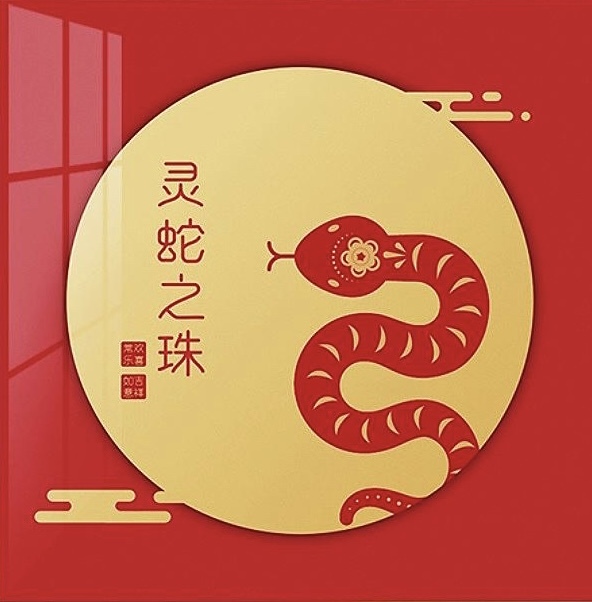Bitxo gastroexperiències / sopar taula rodona
5/53 Reviews
Mex$906

+34-676181437
What travelers say:

Stroll through Sant Feliu de Llobregat
Sant Feliu de Llobregat (officially Sant Feliu de Llobregat in Catalan) is the capital of the Bajo Llobregat region of Catalonia. It belongs to the province of Barcelona, in the autonomous community of Catalonia, Spain. The municipality has 45,642 inhabitants according to official data from INE and Idescat for 2022. It is also the head of a judicial district.
It is integrated into the Bajo Llobregat region (the capital of the region) and is 15 km from the center of Barcelona. The Northeast Motorway (A-2) passes through the municipal area at kp 604, the B-23 Motorway connects Barcelona to the Mediterranean Motorway (AP-7), and there is also the N-340 road (converted into an urban road) that passes through the city center.
The topography of the municipality of Sant Feliu is defined by the left bank of the Llobregat River and the first highlands of the Collserola Mountains. Several streams pass through the municipality, bringing water from the nearby mountains into the Llobregat River. The most outstanding mountains are the Puig d'Olorda (424 meters), Turó Rodó (344 meters) and Penya del Moro (255 meters). The altitude ranges between 424 meters (Puig d'Olorda) and 10 meters on the banks of the Llobregat River. The city center is 22 meters above sea level.
Palaeolithic remains have been found in the Can Albareda area and in the Cueva del Oro or Cueva de los Encantados on the southern slope of the Olorda Peak. Neolithic remains have been found in the area; proof of the presence of humans in the area in prehistoric times. Iberian and Roman remains have also been found in different locations such as Les Grases or Plaza de la Vila.
During Roman times and for a period in the Middle Ages, the city was called Titian, Tiano and Micano. It was not until 1002 that the place name San Feliu appears in written form, as Sancti Felicis, in a document from the monastery of San Cugat del Vallés. The origin of this sect is the monastery dedicated to this saint.
In 1524, the parish church of San Lorenzo was founded, destroyed during the civil war and later rebuilt on the same site. The construction of the bell tower began in 1892 and was completed in 1933. It was used as a watchtower during the civil war and is the only element of the old church that still remains. In 1996, the Cuadrilla de Campaneros was established, responsible for ringing the bells and maintaining the bell tower. Before that, San Feliu depended on the parishes of San Justo Desvern and San Juan despi. A few years later, the witchcraft trial of a woman of Occitan origin named Blanca Bardiera was held in the town, which ended with her acquittal.
In the 17th century, Jaime Falguera built a palace in the town with extensive gardens that extended to Llobregat. Until a few years ago, the property belonged to the Marquis de Castelber, a noble family that were descendants of Jaime Falguera and used the palace until the 20th century. Currently, the remaining part of the palace and its gardens are municipal property. It is worth mentioning that the carriage of the Castelber family is still preserved in the stables and is immortalized in a fragment of the work "Flower Avenue" by Josep Maria de Sagarra.
In 1855, the Sant Feliu train station was inaugurated, equivalent to the line connecting Barcelona and Villafranca. Another emblematic building is the Municipal Market, built in 1885. Sant Feliu has been the capital of the Bajo Llobregat region since 1936. The development of the service sector and the gradual accumulation prompted King Alfonso XIII to grant Sant Feliu the title of city in 1929.
During the Spanish Civil War, place names with religious connotations were suppressed. In the case of Sant Feliu, the town was renamed Rosas del Llobregat, due to the great tradition of growing this flower.
Since the beginning of the 20th century, many factories have been established in the city, first textile mills and then metallurgical plants. With the advent of electricity production, steamships were abandoned and the industrialization of the town and the entire region began. In 1948, Radio San Feliu was founded under the name "Radio Juventud de San Feliu", which, despite being guided by the Youth Movement (Falange), still enjoyed a certain independence.
It should also be noted that the city was the venue for volleyball training during the 1992 Barcelona Olympics. Bitxo gastroexperiències / sopar taula rodona
More
Reviews of Bitxo gastroexperiències / sopar taula rodona
Some reviews may have been translated by Google Translate
5/5Outstanding
All (3)
Latest
Photo reviews (1)
Positive reviews (2)
Stroll through Sant Feliu de Llobregat Sant Feliu de Llobregat (officially Sant Feliu de Llobregat in Catalan) is the capital of the Bajo Llobregat region of Catalonia. It belongs to the province of Barcelona, in the autonomous community of Catalonia, Spain. The municipality has 45,642 inhabitants according to official data from INE and Idescat for 2022. It is also the head of a judicial district. It is integrated into the Bajo Llobregat region (the capital of the region) and is 15 km from the center of Barcelona. The Northeast Motorway (A-2) passes through the municipal area at kp 604, the B-23 Motorway connects Barcelona to the Mediterranean Motorway (AP-7), and there is also the N-340 road (converted into an urban road) that passes through the city center. The topography of the municipality of Sant Feliu is defined by the left bank of the Llobregat River and the first highlands of the Collserola Mountains. Several streams pass through the municipality, bringing water from the nearby mountains into the Llobregat River. The most outstanding mountains are the Puig d'Olorda (424 meters), Turó Rodó (344 meters) and Penya del Moro (255 meters). The altitude ranges between 424 meters (Puig d'Olorda) and 10 meters on the banks of the Llobregat River. The city center is 22 meters above sea level. Palaeolithic remains have been found in the Can Albareda area and in the Cueva del Oro or Cueva de los Encantados on the southern slope of the Olorda Peak. Neolithic remains have been found in the area; proof of the presence of humans in the area in prehistoric times. Iberian and Roman remains have also been found in different locations such as Les Grases or Plaza de la Vila. During Roman times and for a period in the Middle Ages, the city was called Titian, Tiano and Micano. It was not until 1002 that the place name San Feliu appears in written form, as Sancti Felicis, in a document from the monastery of San Cugat del Vallés. The origin of this sect is the monastery dedicated to this saint. In 1524, the parish church of San Lorenzo was founded, destroyed during the civil war and later rebuilt on the same site. The construction of the bell tower began in 1892 and was completed in 1933. It was used as a watchtower during the civil war and is the only element of the old church that still remains. In 1996, the Cuadrilla de Campaneros was established, responsible for ringing the bells and maintaining the bell tower. Before that, San Feliu depended on the parishes of San Justo Desvern and San Juan despi. A few years later, the witchcraft trial of a woman of Occitan origin named Blanca Bardiera was held in the town, which ended with her acquittal. In the 17th century, Jaime Falguera built a palace in the town with extensive gardens that extended to Llobregat. Until a few years ago, the property belonged to the Marquis de Castelber, a noble family that were descendants of Jaime Falguera and used the palace until the 20th century. Currently, the remaining part of the palace and its gardens are municipal property. It is worth mentioning that the carriage of the Castelber family is still preserved in the stables and is immortalized in a fragment of the work "Flower Avenue" by Josep Maria de Sagarra. In 1855, the Sant Feliu train station was inaugurated, equivalent to the line connecting Barcelona and Villafranca. Another emblematic building is the Municipal Market, built in 1885. Sant Feliu has been the capital of the Bajo Llobregat region since 1936. The development of the service sector and the gradual accumulation prompted King Alfonso XIII to grant Sant Feliu the title of city in 1929. During the Spanish Civil War, place names with religious connotations were suppressed. In the case of Sant Feliu, the town was renamed Rosas del Llobregat, due to the great tradition of growing this flower. Since the beginning of the 20th century, many factories have been established in the city, first textile mills and then metallurgical plants. With the advent of electricity production, steamships were abandoned and the industrialization of the town and the entire region began. In 1948, Radio San Feliu was founded under the name "Radio Juventud de San Feliu", which, despite being guided by the Youth Movement (Falange), still enjoyed a certain independence. It should also be noted that the city was the venue for volleyball training during the 1992 Barcelona Olympics. Bitxo gastroexperiències / sopar taula rodona
We loved the dinner.... Excellent gastronomic offering, original presentation, and great atmosphere. Highly recommended. Congratulations to Carlos and his team.
The dinner was spectacular... I loved it... both the experience of tasting so many dishes, the creativity of the trapantojos and the explanations and attention of the chefs... IMPRESSIVE!!! ????